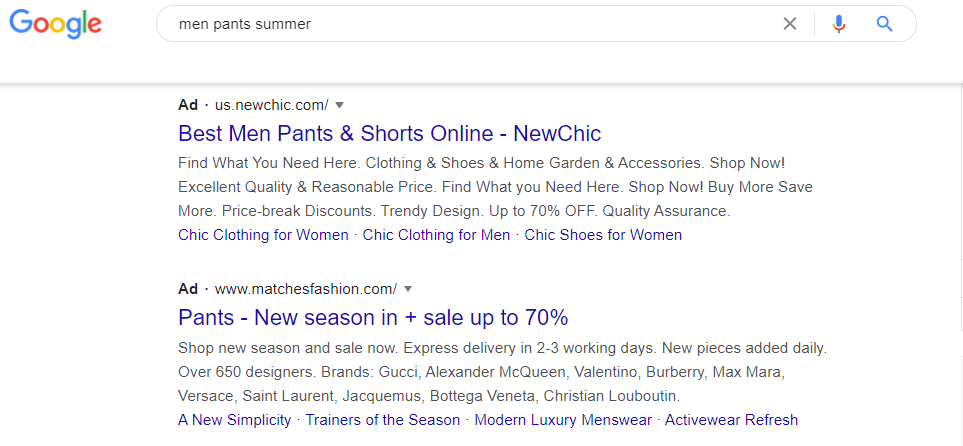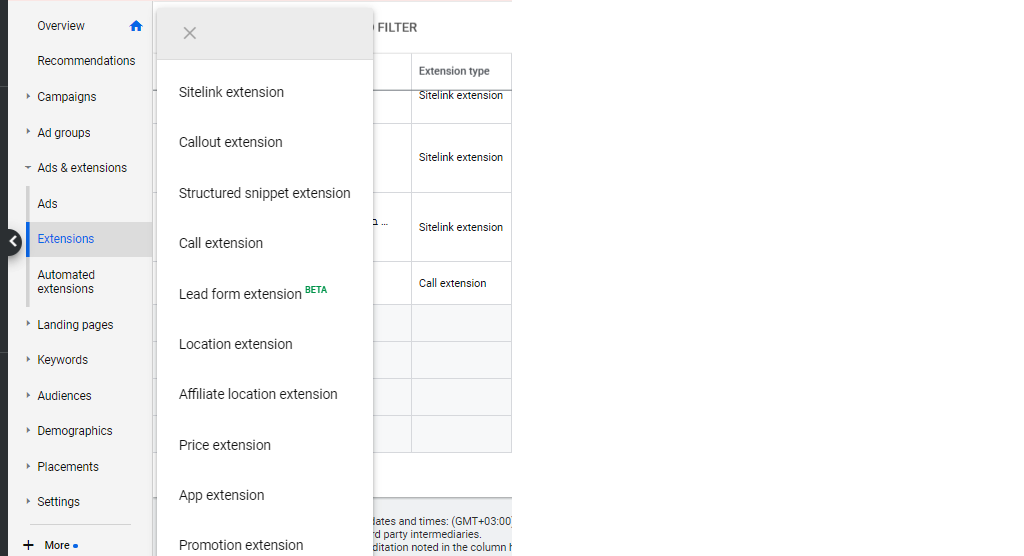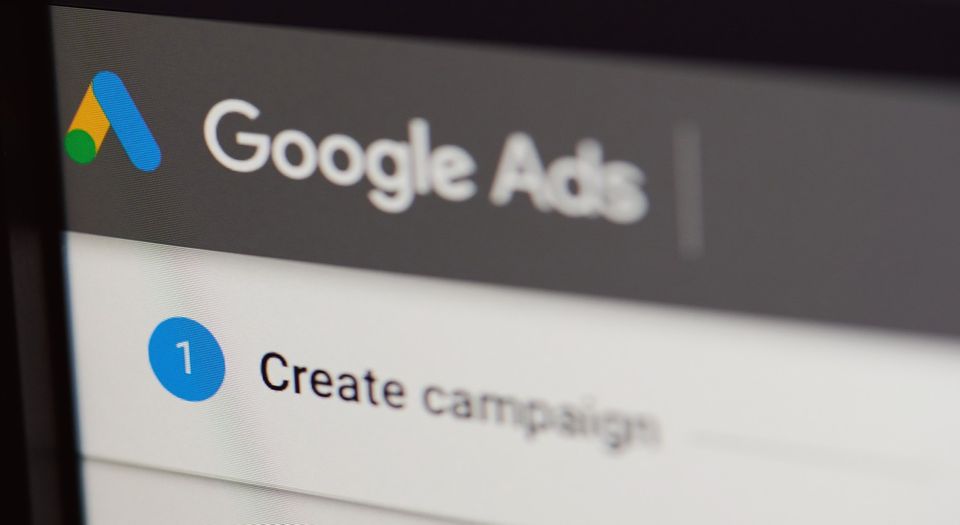Writing a strong ad copy on Google Ads can seem challenging, and you might get discouraged, particularly if you don't consider yourself a great copywriter.
Better ads equal more valuable clicks, higher Quality Scores, and greater conversion rates. But writing Google ads to make them more effective doesn't seem so achievable at the moment. So, how do you start writing better-performing ads?
Continue your read to discover some proven tactics, helpful practices, and smart tips that will turn you into an excellent ad copywriter.
What makes your company unique? Highlight it in your ad!
It might sound hard, and it is true; it is not an easy task to think of ways how to differentiate yourself from the pile.
Many businesses offer free shipping or 'no questions asked' guarantees. Of course, if you offer free shipping and/or guarantee, you should, by all means, mention this, but it will not set you apart from everyone else.
There is no way to work around this. Give it a thought and brainstorm different ways of expressing what your business does or stands for.
Articulate what makes you different from other companies in that way that will matter in your customers' eyes.
For example, suppose you provide dental services for 25 years. In that case, it is information that is genuine, legitimate. It adds on trust and acknowledges your expertise, which you can use as leverage.
Furthermore, on the strength of running a business for a quarter of a century, you can specify the substantial number of served (and happy) customers.
Headlines are first and foremost.
Whatever your most important messaging is, pack it into your headlines.
Many PPC experts agree that people read descriptions far less than headlines and click on the ad based on the information they get from the headlines' content.
If you think about it, it makes sense. An eye notices headlines because they are in a bigger font and blue color. They set the first impression for potential customers; hence, they are more impactful.
To bring down the bounce and exit rate, you must match your landing page's messaging with your ad. If there's a mismatch in your messaging, a user will hit the back arrow or press an ''x''. They will proceed to the next website hoping that it will offer what they are looking for.

Benefits or features? Or both?
People that are coming to your website through Google ads have manifested some commercial intent.
The majority of users are in the basket of people who are more or less educated.
They understand or have an idea of what products/services they want. They gathered information about it. They are on the internet searching for a solution.
They are already absorbed and are progressing through the buying funnel.
Suppose users know about the product and show commercial intent. In that case, it is usually more useful to talk about your products' features and possibly throw in some benefit.
Someone searching for a lamp is more concerned about features like height and weight, the lampshade size than merely stating the benefit of getting a comfortable and pleasant atmosphere in a living room. (Okay, some might buy into it.)
Another example is a person seeking a pair of mixing headphones for audio mastering. They will be concerned if the headphones color the sound in the wrong ways, but they will also seek super comfortable ones to wear, bearing in mind that they will use them for long-session hours. Comfort is essential, but they will not be persuaded by an advertisement that says something like: "Your ears will be leaning on clouds.". It is fitter if you specify what type of ear pads you sell. (E.g. foam or leather ear pads.)
If you are presenting a brand new product to market, either trying to reach people who are not interested in this product or uneducated consumers, you should heavily rely on the emotional, psychological payoffs, and state benefits.
A Tip: Apply principles of salesmanship like scarcity and authority, motivation triggers, but don't overplay it.
Include your price, promotions, sales, exclusive offers.
Displaying prices will help you separate good clicks from potentially bad ones. That is because price allows people to self-identify and recognize if that product or service is what they want.

When they see a price, they might state that a particular product is too expensive or too cheap. This benefits you because you will avoid those clicks that will harm and undermine campaign performance.
You can type them somewhere in your ad's headline or body or use price extensions to display the chosen amount.
If you are running specific promotions or clearing sales, you can use callout extensions.
Matching a landing page with an ad.
The correct landing page should follow your ad.
Check if your ad is an appropriate introduction to the extended and further expanded information on your landing page.
Always be sure that you can answer where you are sending traffic to and whether the landing page makes a logical progression from the ad content.
If these two puzzle pieces are disconnected, your destiny is to face an unavoidable failure.
Get the best results with Ad Extensions.
We'll share a word or two more about ad extensions that live within the Google ads platform.
While they are not a part of your base text ad, you can add extra details to each of your advertisements with them.
Perceive ad extensions as a method to improve your campaigns, increase your click-through-rates, and achieve the best-case ROI.

Pay attention to mobile.
Google ads should speak to all users across all devices - desktop, mobile, and tablet. Everything you do, you have to make it work on mobile.
Think of ad extensions. Call extension enables you to receive calls and get in touch with potential customers, while location extension makes showing your business information possible.
Accommodate to mobile users who might get frustrated upon encountering slower website loading speeds. Or meet their preferences to call or directly visit your physical store instead of going to your website and searching for specific information on tiny screens.
If any of these extension options apply to your business, you should unquestionably include it.
Spy on your competition.
While implementing these best practices will set you on the path of writing winning ads, this step will provide you an insight into how you can even further refine your ads.
You should continuously check results that come up for your selected keywords. See what your competitors are doing, analyze their wording, identify potential advantages they may have, and use this knowledge to outsmart them.
Find a unique way to present yourself.
We had to repeat ourselves here, but we want to put a weight on this as a necessity to implement in your process.
A Tip: You should use a registered symbol whenever you can, as putting "®" in your ad increases CTR.
Lastly, you should regularly research and change your ad copies, test new ideas to figure out which one will have the most significant influence on account performance and your business goals.
For writing compelling ad copy on Google Ads, you have to pour both creativity and analytical skill into it.
Give these best practices a try and use them to see what works best for your business.

